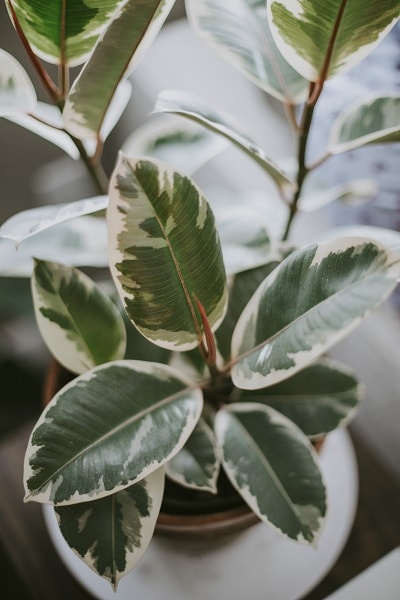Being a plant nurturer can be a challenging task! Houseplants, unlike human infants, do not cry when they are hungry or unhappy. Instead, they react to their surroundings in a variety of indirect ways. As a result, even experienced houseplant producers have trouble determining when to feed their plants. Let’s look into the fundamentals of houseplant fertilizer, as well as how and when to feed your houseplants.
Fertilizers are one of the most widely utilized strategies for encouraging healthy plant development. They can compensate for shallow soils or boost plants just before they blossom or fruit. Fertilizer application in outdoor gardens is relatively straightforward, but what about house plants? When houseplants get thirsty, they wilt. Their leaves turn pale and spindly when they don’t get enough exposure. They become crispy when the dampness is just too low, and they may rot if the humidity is too severe.
Understanding when to fertilize your houseplants, on the other hand, is a lot more complicated. There’s no apparent indication from your plant that says, “Hey, it’s time to feed me!” other than potentially delayed or stalled development, which houseplant owners often overlook. Instead of relying upon the plant to give you a clue, you’ll have to take things into your own hands and fertilize your houseplants on a program based on their growth cycle.
When it refers to houseplant fertilizer levels and consistency, each plant has slightly altered requirements, but there’s no need to overcomplicate the procedure. Yes, you could research each specific houseplant species to determine its particular dietary needs. Still, the reality is that the great majority of typical houseplants have fertilizer requirements that are similar enough that handling them all together is more than enough to meet their dietary needs. True, some houseplants require more food than others.
Contents
So How To Know When Your Indoor Plant Needs Fertilizing?

Fertilization should be done daily or semi-regular for most house plants. A large percentage of the nutrients that plants require come from the soil. The nutrients in the soil come from its structure, degrading organic material, bugs, and animals in the wild. Indoors, however, soil receives less fresh nutrients, making plant pots more prone to run out of nutrients. Consider how much water your plant requires when selecting a fertilizer kind.
A plant that needs regular fertilizer treatments but is vulnerable to waterlogging would benefit from a delayed fertilizer administered through the water. Before using either slow-release or liquid fertilizers, make sure to read the instructions thoroughly. These guidelines usually contain a suggested feeding schedule, which should assist you in selecting the optimum fertilizer for your plant’s requirements.
For the most popular houseplants, this is the ideal fertilizer schedule. It is on the growing season’s cycle, which affects houseplants; in the same manner, it affects outdoor plants, even though they’re indoors where conditions are more steady. The following is the suitable schedule for fertilization.
Spring Schedule

Fertilize houseplants approximately eight weeks before the last anticipated spring frost date. The days start to stretch substantially, and houseplants transition from semi-dormancy to exponential phase. Apply half the recommended volume of fertilizer for the first three tests. Use half the amount recommended on the label if it’s a grainy substance. If it’s a liquid fertilizer for houseplants, dilute it by half. This nourishes houseplants at a period when they’re just getting ready for active development and don’t need significant amounts of nutrients to keep growing.
Summer Schedule
It’s time to transition to a more consistent houseplant fertilizer schedule once summer begins. The frequency with which one applies summer fertilizer depends on the fertilizer they are using. Liquid fertilizers are applied more routinely every two weeks or once a month. Slow-release houseplant fertilizers take longer to process and deliver their nutrients in relatively small amounts over time. Most of these solutions remain three to four months after a single usage. Stick to this timetable, Whether you bring your houseplants outside for the summertime or not.
Winter Schedule

You should not fertilize the house plants when it’s cold because they do not actively grow throughout the winter. This might result in fertilizer burn as well as discolored leaf ends.
Conclusion
It is an essential routine for fertilizing houseplants in different seasons. So don’t wait for a better routine. Instead, try it out now and recommend it to others if it works!